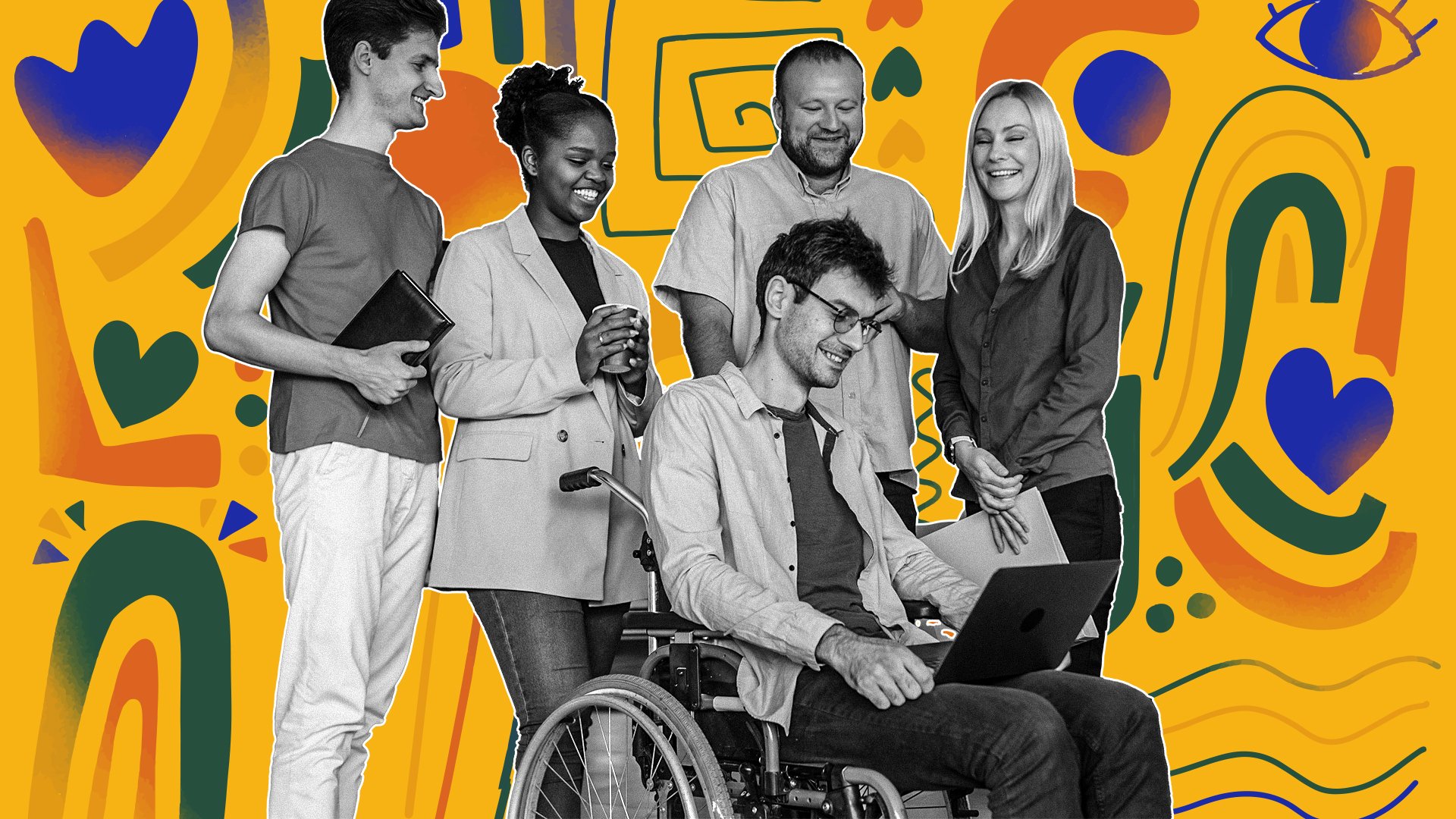Written by Andrea Bruneau
Navigating the landscape of workplace inclusivity can feel like entering a maze without a map. DEI conversations can seem tangled in complexity, leaving many feeling overwhelmed and unsure of where to begin. The current narrative surrounding DEI is undeniably volatile and multifaceted. Terms like microaggressions, intersectionality, and unconscious bias are frequently thrown around, sometimes leaving well-intentioned individuals feeling alienated or even defensive. While these concepts hold significant importance in understanding the intricacies of workplace dynamics, they can also contribute to a sense of intimidation and detachment.
In spite of those challenges, the clear truth remains that inclusivity in the workplace is not a luxury, but a necessity for fostering environments where every individual can thrive. As DEI consultants, we demystify this work by distilling these complex concepts into tangible actions and fostering open dialogue. Here are a few key steps to emphasize:
Aim for Belonging: Organizations must establish a clear North star to direct their efforts, or else find themselves lost in the fog. That target is belonging. Inclusion ultimately goes beyond representation—it's about creating a work environment where all individuals feel a sense of belonging because their needs, values, and perspectives are reflected in the decisions and systems that affect them.
Start with Empathy: Inclusivity is powered by empathy—the ability to understand the needs and feelings of others. Instead of bombarding employees with jargon and one-off training sessions, organizations must first create opportunities for individuals to feel seen and heard. Remove the guesswork by directly asking employees about their needs and whether they feel their needs are being met. Host listening sessions, offer job shadowing experiences, or gather survey feedback. Then, share what you have learned. Those insights should drive the strategy behind any inclusion initiative. Actively listening to diverse perspectives is the first step to understanding the unique experiences of your workforce.
Embracing a Growth Mindset: Inclusivity is not a destination, but rather an ongoing process that demands continuous learning, reflection, and adaptation. Within organizations, there often exists a tendency to cling to the status quo, defending it with the shield of good intentions, fearing the repercussions of change. However, achieving inclusivity requires breaking through this barrier of complacency. It is essential not to let fear hinder honest dialogue about what needs to change. A growth mindset encourages openness to new ideas, constructive feedback, and a willingness to challenge existing norms and biases. By fostering a culture of continuous improvement and learning, organizations can better navigate the complexities of inclusivity and drive meaningful change.
Create Connections: Building inclusive cultures requires intentional efforts to break down silos, foster collaboration, and empower employees to bring their authentic selves to work. This often involves challenging assumptions and creating spaces for open dialogue. Diversity extends beyond visible traits such as race, gender, or ethnicity. It encompasses a spectrum of experiences, backgrounds, and job functions within an organization. Rather than viewing diversity as a checkbox exercise, organizations should celebrate the richness it brings to their teams by creating connection mechanisms through: mentoring programs, skip-level listening sessions, lunch and learns, employee spotlights, and cross-functional meetings.
Address Systemic Barriers: Belonging occurs through recognizing and addressing the systemic barriers that prevent certain individuals or groups from fully participating in the workplace. This may require implementing policies and practices that level the playing field and ensure fair treatment for all employees. From equitable hiring processes to providing reasonable accommodations, promoting equity is essential for creating truly inclusive environments.
Simplifying inclusivity in the workplace is not about watering down its importance or significance. Instead, it's about making the concepts more accessible and actionable for everyone involved. By starting with empathy, embracing a growth mindset, creating connections, and improving systems, organizations can lay the foundation for truly inclusive workplaces where every individual can thrive as they experience a sincere sense of belonging.

